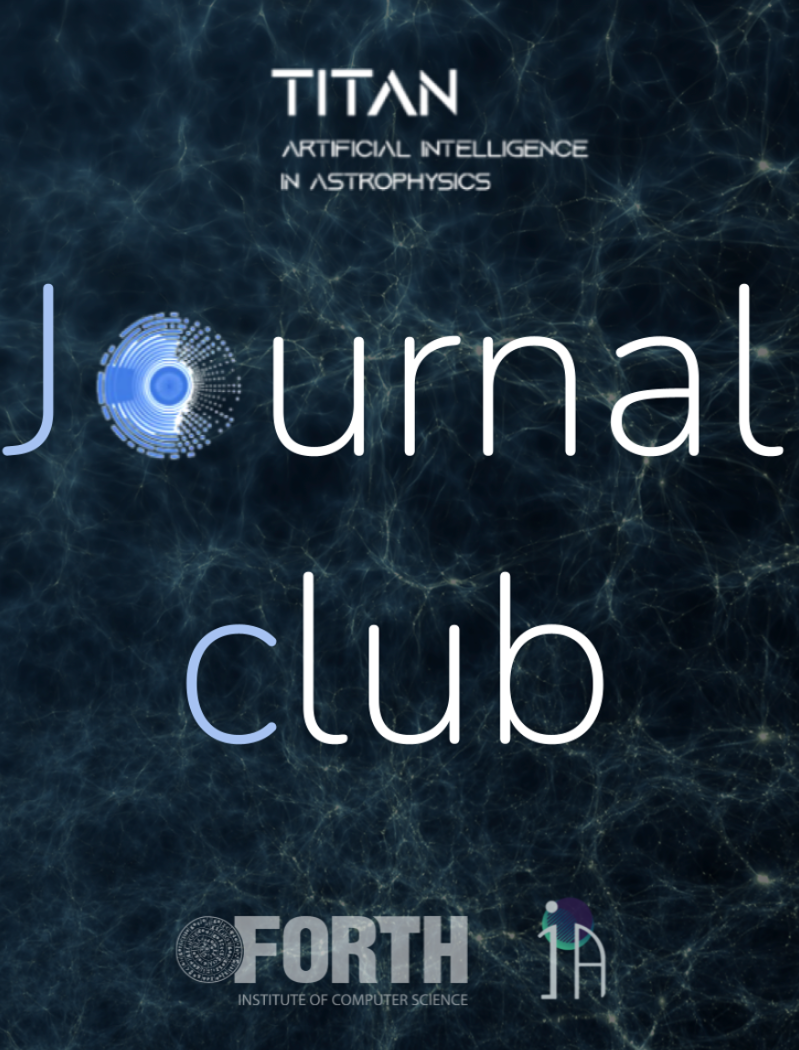
Speaker : Victor Bonjean (Postdoctoral Researcher)
Date : 25th of September
Location: Γ100 meeting room
Paper Abstract:
We seek to remove foreground contaminants from 21cm intensity mapping observations. We demonstrate that a deep convolutional neural network (CNN) with a U-Net architecture and three-dimensional convolutions, trained on simulated observations, can effectively separate frequency and spatial patterns of the cosmic neutral hydrogen (HI) signal from foregrounds in the presence of noise. Cleaned maps recover cosmological clustering amplitude and phase within 20% at all relevant angular scales and frequencies. This amounts to a reduction in prediction variance of over an order of magnitude across angular scales and improved accuracy for intermediate radial scales (0.025 < k_∥ < 0.075 h Mpc⁻¹) compared to standard Principal Component Analysis (PCA) methods. We estimate epistemic confidence intervals for the network’s prediction by training an ensemble of U-Nets. Our approach demonstrates the feasibility of analyzing 21cm intensity maps, as opposed to derived summary statistics, for upcoming radio experiments, as long as the simulated foreground model is sufficiently realistic. We provide the code used for this analysis on GitHub, as well as a browser-based tutorial for the experiment and U-Net model via the accompanying Colab notebook..
Download Presentation
